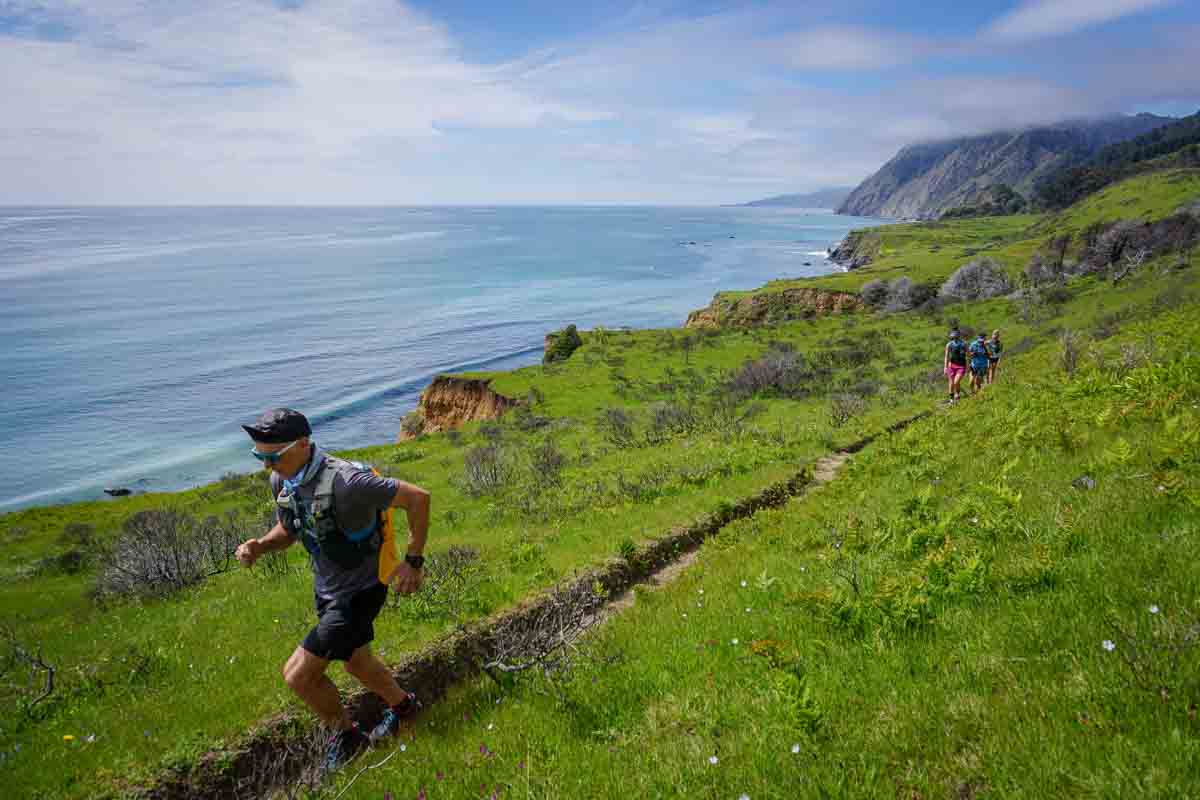I saw a unicorn in Humboldt County, CA. It was grazing in a field right next to a pair of zebras. I wasn’t high, nor am I superstitious, but this was clearly an omen of the magic awaiting us.
The Lost Coast Trail is a 60 mile point-to-point trail along California’s remotest stretch of coastline. This trail wouldn’t exist except for the steep mountains and geotechnical issues that prevented State Route 1, the Pacific Coast Highway, from paving this pristine seaboard. Instead, the road goes around these coastal mountains and in its place the world has a sanctuary of beaches, headlands, redwood forests, and one remarkable trail.
The trail isn’t obscure. Its reputation among backpackers places it as one of the most iconic footpaths in North America. Viewing the trail as a running objective means all the scenery without any of the pack weight. Doing it in this style also requires support. With Aspire as crew and moving gear between camps and cooking up gourmet meals, you’re guaranteed a good time.
Day 1: Meet in Fortuna and drive to the Mattole River
Three hundred miles north of San Francisco lies the quaint, but relatively unremarkable, town of Fortuna. It’s the launching point for the trip. As the crow flies it’s only about four miles to the coast, but its a two-hour drive along winding roads to the trailhead. It’s along this road that we saw the unicorn.
Rolling into camp after the long day of travel, runners head out across the beach in search of a good view of the surf and a place to pitch a tent for the night. As the sun dips towards the horizon, the Aspire crew shows up on the beach with plates of appetizers and cold drinks, a precursor of the nights meal and a pattern to be repeated for the remainder of the trip.
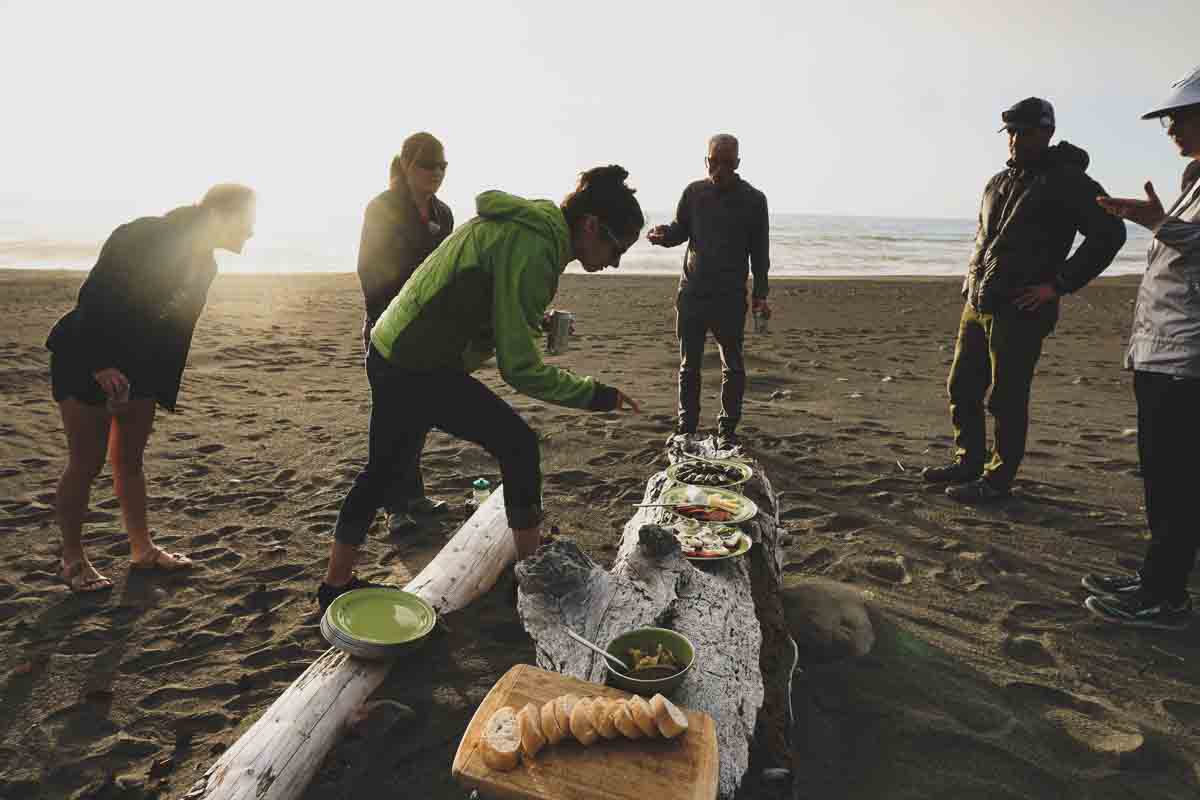
Day 2: Mattole River to Shelter Cove (24 miles, elevation gain: 1,000’)
The day begins with heaping plates of french toast, yogurt, various nut butters and fresh berries, drizzled or doused in maple syrup. It’s an early start and a carefully timed departure to catch the appropriate tide.
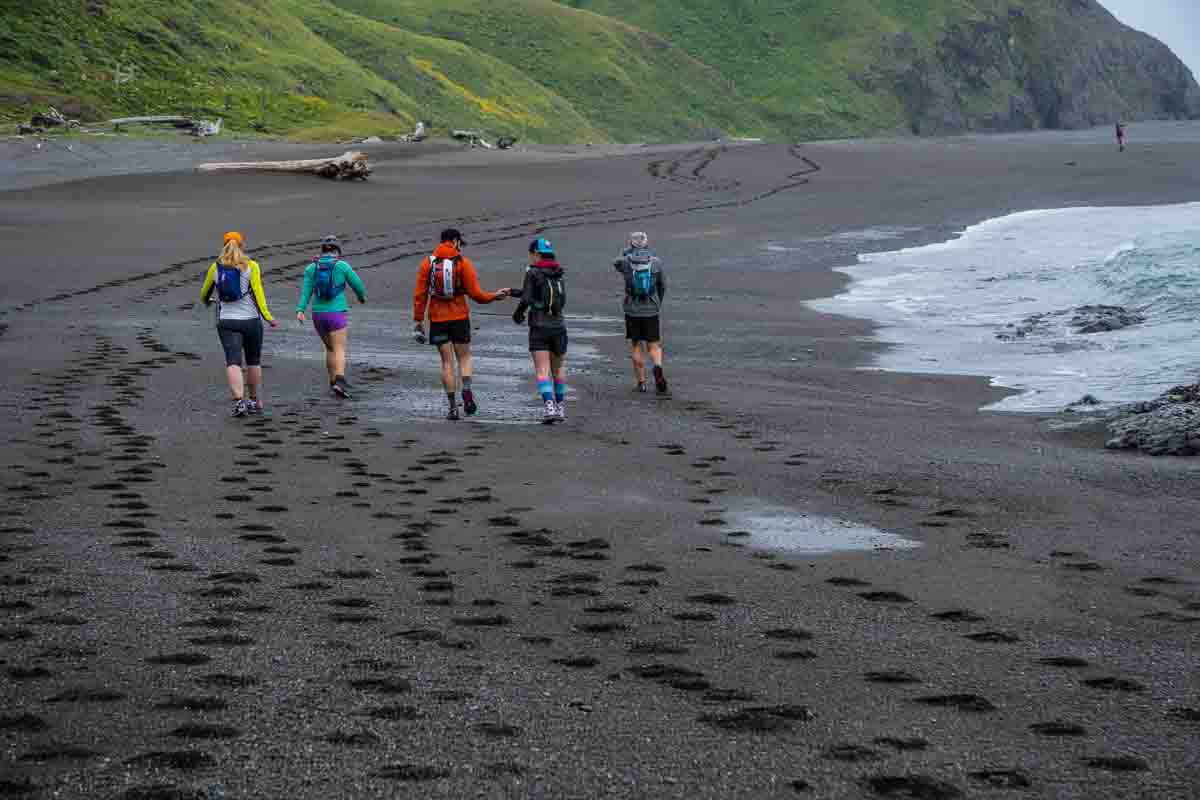
For many miles the Lost Coast is literally a beach trek. In some sections the beach is swallowed by the incoming tide, making safe passage impossible. Knowing the particular times and heights of the local tidal rhythms is essential. Aspire has all of this info dialed, right down to the date of the trip to catch the best possible window to make 3 tide-dependent crossings possible in a single 24 mile day.
The terrain is a mixture of sandy beach, basketball sized cobbles, single-track trail, creek crossings, and rocky tidal flats. It’s not race pace, but the effort is real. Eight to ten hours on the beach takes its toll, but the rewards are incredible. Along the way runners encounter abandoned lighthouses, intertidal creatures, herds of sea lions, and spot whales on the horizon.
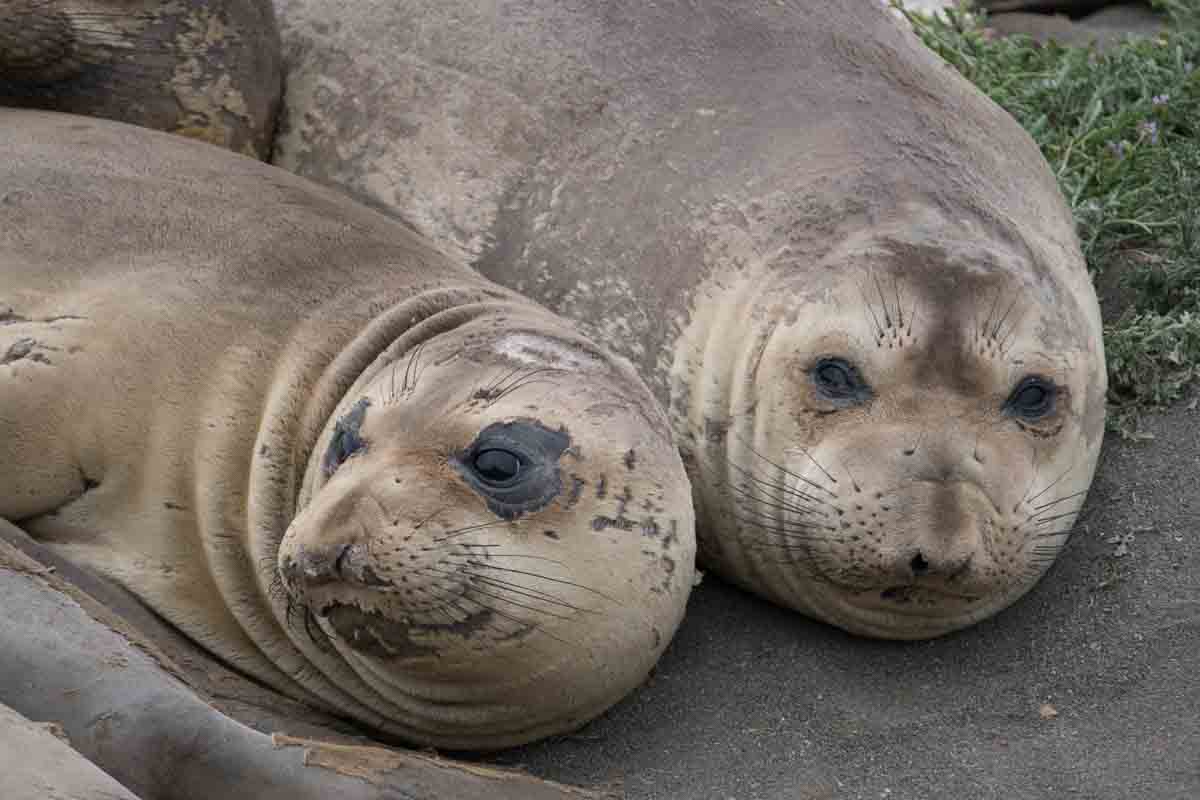
The day finishes at Shelter Cove and Aspire shuttles runners to a nearby campsite with a waiting dinner of homemade spaghetti (meatball or vegetarian), topped with fresh basil and parmesan. No one goes hungry.
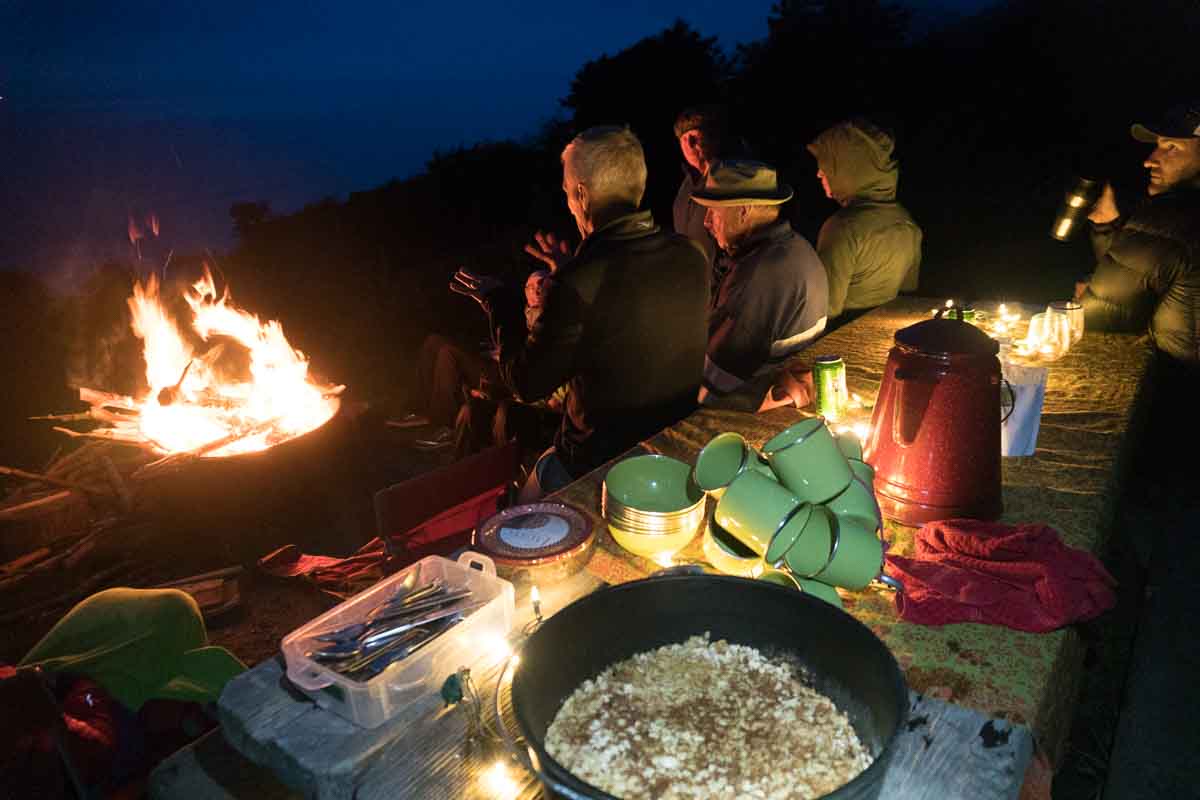
Day 3: Shelter Cover to Needle Rock (10-20 miles, elevation gain:1,500’ to 3,500’)
On day two, runners have a choice: a 10-mile direct route into the next camp, or a 20-mile route. These ten bonus miles are along runnable single-track, connecting the red dirt trail and oak forests of the King Range’s crest with the Lost Coast Trail. There is no pressure to go either way, it’s up to each runner to choose the adventure that best suits their goals and ambitions.
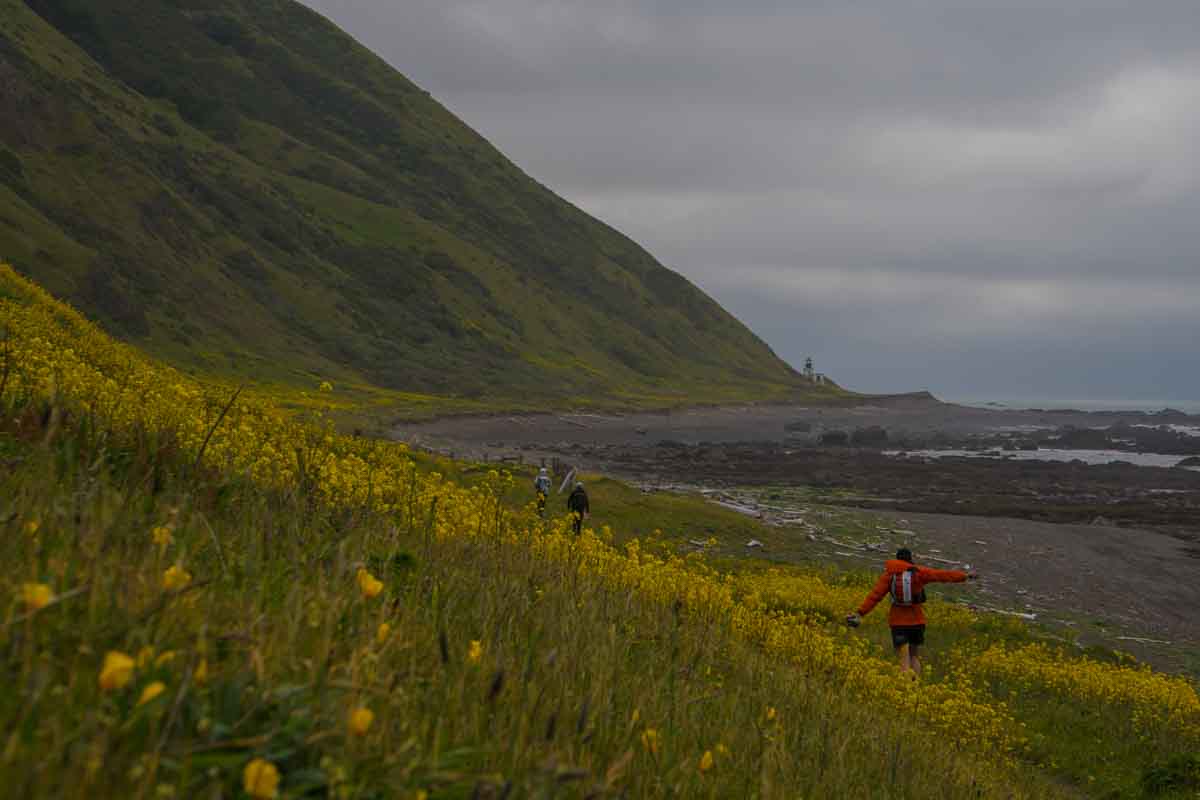
Both options converge after runners drop out of the mountains and land on a rolling plateau of single-track. Here the forested trails open up to the vast expanse of the Pacific Ocean. The trail winds through Eucalyptus groves, pocket beaches, and rolling terrain that would be perfect for running if the views weren’t so spectacular that slowing to take it all in seems inevitable.
Right in the middle of this pristine landscape is the Needle Rock Camp. Home to only a handful of campsites, perched on a sweeping ocean overlook at the end of a steep windy road, it’s arguably one of the best campsites on the planet. The site is cared for by a cadre of hosts who take turns staffing the small visitor center. Full to the brim with whale bones, sea shells, historical photos, and knick-knacks, the center is an epicenter of local information. A few moments on the weathered redwood porch can easily turn to hours as the history of the place is unfolded by loving caretakers.
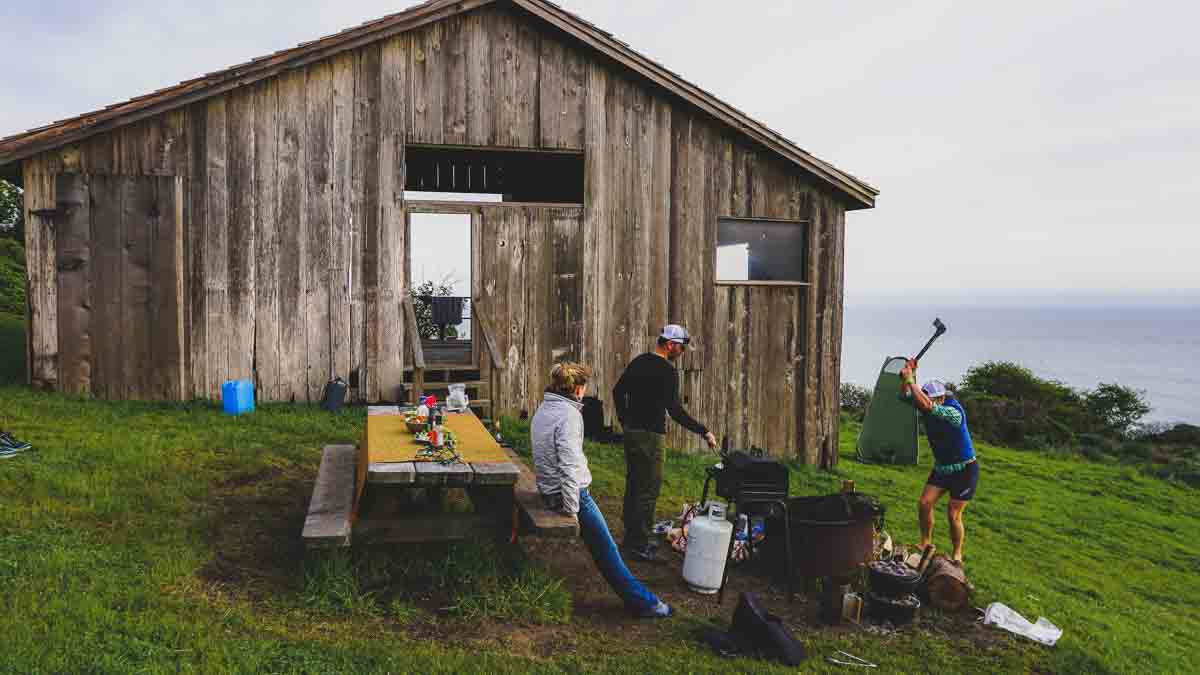
Basecamp for the night is staged out of the “barn camp”. The shower tent is set up looking westward towards the horizon and a resident herd of Elk are the backdrop to the evening’s dinner, libations, bonfire, and dutch oven apple crisp.
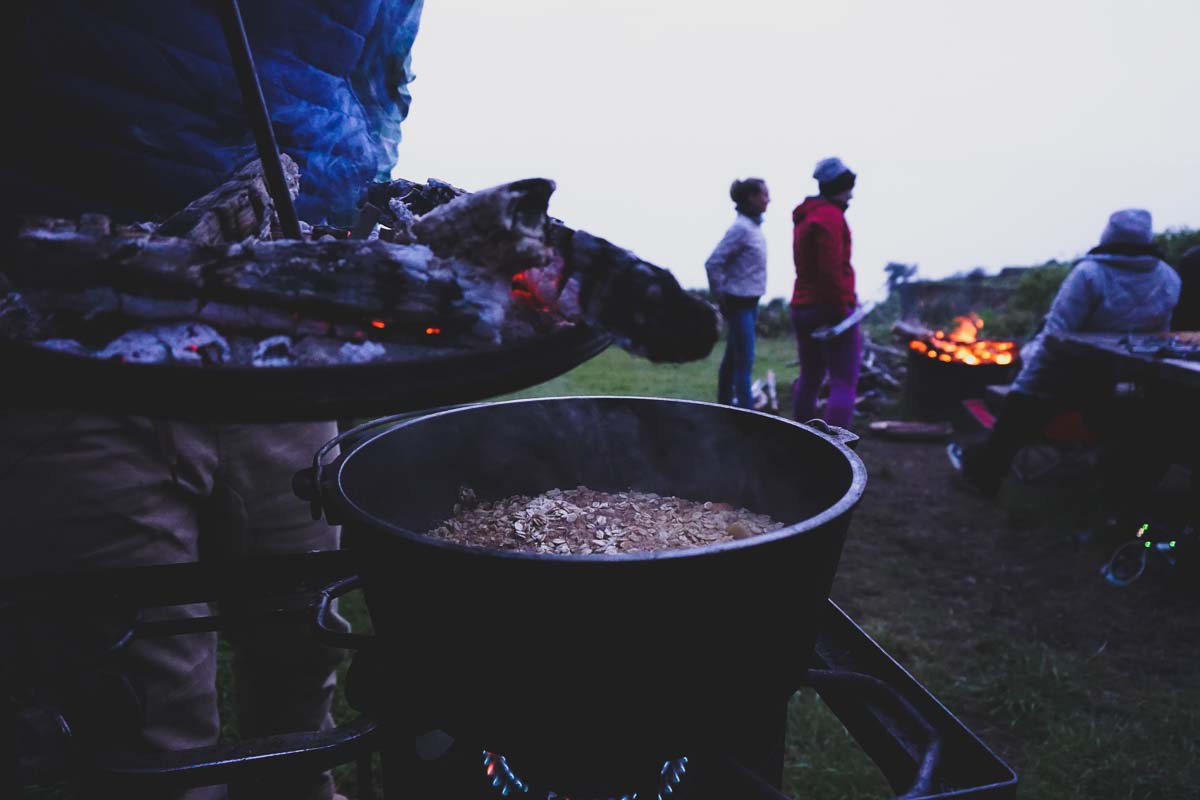
Day 4: Needle Rock to Usal Beach (20 miles, elevation gain: 6,300’)
Waking up to the sound of waves rhythmically crashing into the shore is consoleing as sore legs prepare for the third day of running. Day three is 20 miles and has the most climbing of them all. The southern part of the Lost Coast receives less maintenance, making it brushy and remote feeling. The trail is all single-track as it climbs headlands and winds in and out of creek drainages. Pockets of Redwood trees, the Jurassic quality of the coastal underbrush, and the mystery of what lies ahead all add to the adventure quality of the day.
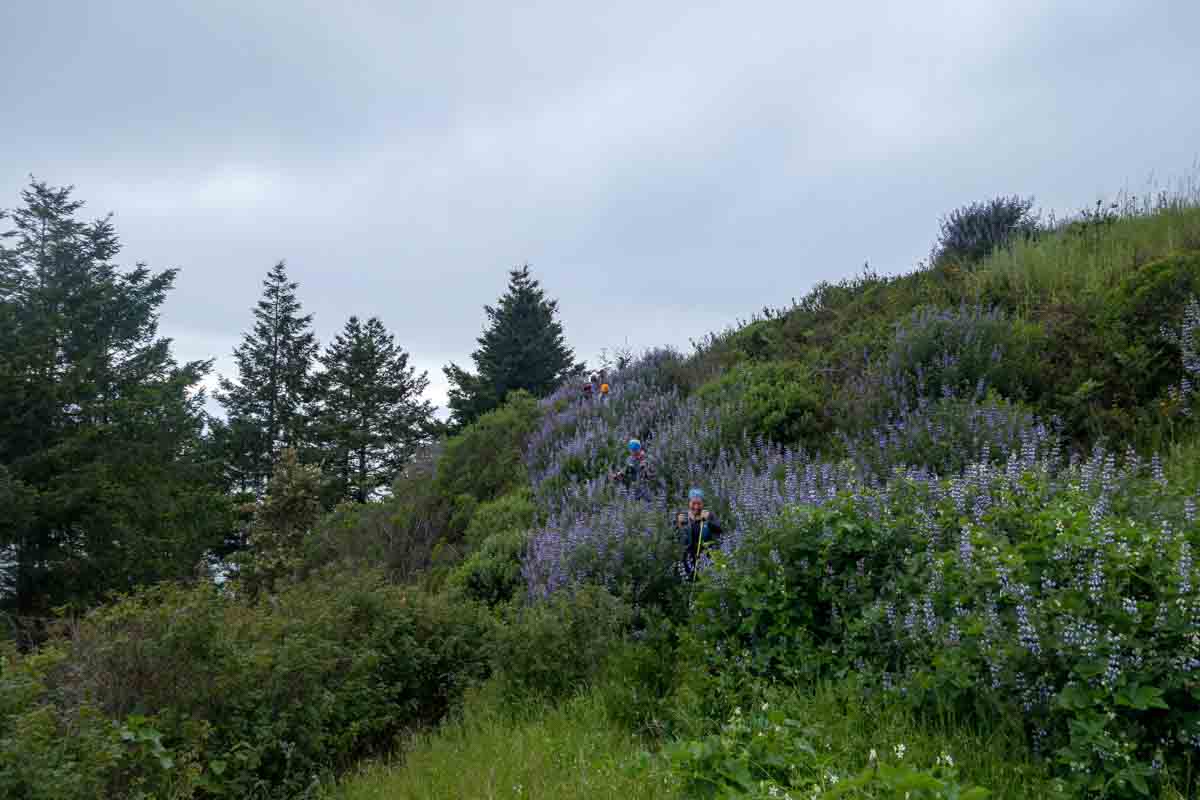
The last miles of trail drop from a final coastal overlook and wind down to the Usal River. Like clockwork, the Aspire crew has a basecamp waiting and all the fixings for dinner and celebration ready. Runners inevitably report fighting the intrusion of thoughts about what’s waiting at home and embrace living in the moment for the last night. This is easier to do when a pair of elk wander through camp, and spend the night grazing in the grassy delta, just a hundred yards away.
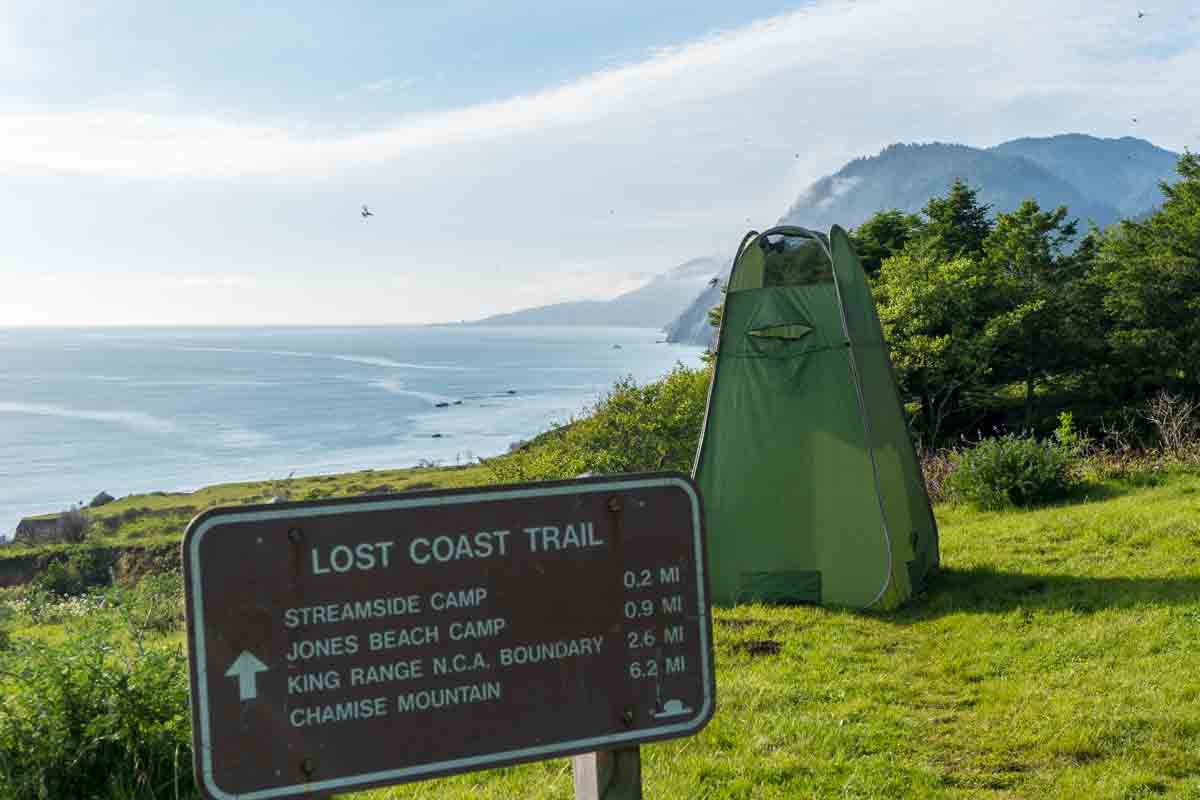
Day 5: Usal Beach Breakfast and drive back to Fortuna
It’s a trek back to civilization. Miles of steep and winding dirt road easily take an hour of careful driving to reach pavement. From there it’s still hours back to Fortuna. The van is filled with laughter and stories of the trail. The strangers of a few days ago are now friends born of sweat, dirt, and trail. Eventually conversations circle back around to the unicorn. Even though it was actually a white horse with a manufactured horn protruding from its bridle, it, like all the miles and moments in-between, were absolutely magical.

